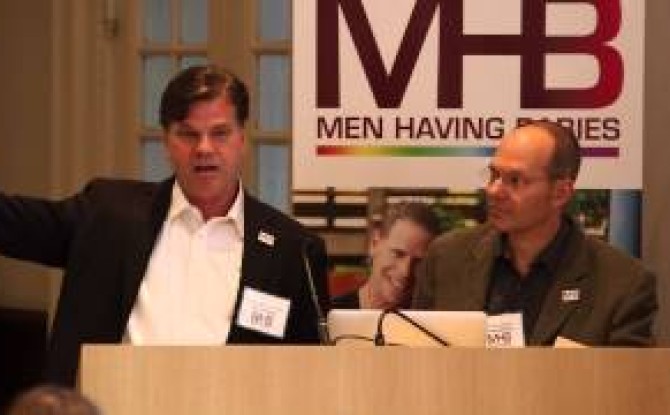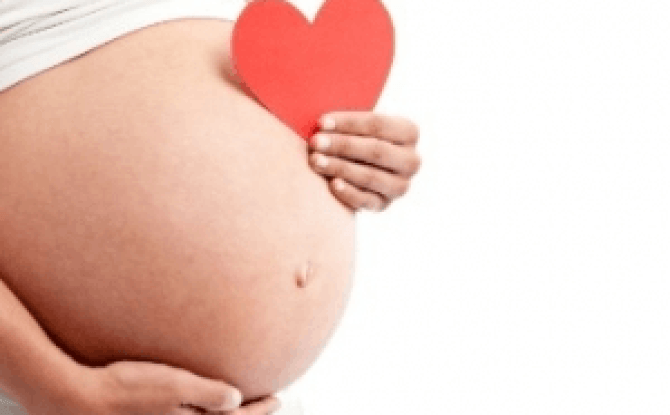by Ariel Chesler, Time.com June 23, 2015
The world still doesn’t know nearly enough about the estimated six million children with an LGBT parent
 As I nervously await this month’s Supreme Court decision on gay marriage, which may extend same-sex marriage to all 50 states, I’m thinking about what comes next. As a child raised by two women during my formative years, I’ve previously written about the invisibility and non-recognition of my family in media, culture, and law, and how my silence about my family led to a deep and unnecessary shame. Regardless of the Supreme Court’s ruling, there is still much work to be done to make sure the children of same-sex parents are no longer invisible.
As I nervously await this month’s Supreme Court decision on gay marriage, which may extend same-sex marriage to all 50 states, I’m thinking about what comes next. As a child raised by two women during my formative years, I’ve previously written about the invisibility and non-recognition of my family in media, culture, and law, and how my silence about my family led to a deep and unnecessary shame. Regardless of the Supreme Court’s ruling, there is still much work to be done to make sure the children of same-sex parents are no longer invisible.
Don’t get me wrong. We’ve come a long way in what seems to some like a short amount of time, although those who have been part of the struggle for 30 years or more may beg to differ. But, truthfully, I am, in a way, jealous of children currently being raised by same-sex parents.
In the 1980s, when I was getting teased on the playground for having two moms, we didn’t have shows like Glee or Modern Family or films like The Kids Are All Right. This was way before Orange Is the New Black, with its diverse cast of characters, and even well before Will and Grace appeared on our screens. There were no revolutionary legal rulings recognizing gay families, and anti-sodomy statutes were still on the books in some states.
We also didn’t yet have the classic children’s book Heather Has Two Mommies, which is celebrating its 25th anniversary this year. That book, and the many others like it that now exist, would have been so helpful to me. While I didn’t have the opportunity to see that aspect of my family in book form, I do recall reading Megan’s Book of Divorce by Erica Jong, which normalized my status as a child of divorce, and helped me work through the pain and frustration of not having my father in my home.
So, in many ways, the kids of same-sex couples today are so much more all right than I was because they can see themselves in books and on screen—which both validates and changes how they view themselves. Hopefully very soon they will see themselves and their families protected equally by the law.
But even with all this progress and with much of the focus of the same-sex marriage legal battle on the children of gays and lesbians, the world still doesn’t know nearly enough about the estimated 6 million children in America with an LGBT parent, and, speaking as one of those children, we don’t necessarily know enough about each other.
Enter organizations like COLAGE, which unites people with lesbian, gay, bisexual, transgender, and/or queer parents into a network of peers, supports them, and allows them to share experiences and create community. This is such important work because allowing us to see other children with common but also unique family stories strengthens us and allows us to be seen as well.
Gabriela Herman, a Brooklyn-based photographer whose mother is gay, is also aiding the cause of visibility by collecting portraits of and interviewing people raised by gay parents. She describes each portrait and interview session as therapeutic and says she found that, as diverse as their experiences were, they all shared the feelings of silence and isolation.
Click here to read the entire article.




 This is the story of Baby Love. Baby Love isn’t her real name; it is the name we chose for the purposes of this story. One reason we are going to call her Baby Love is that her parents would like to give her a choice when she grows up to keep this story to herself. More to the point, we are calling her Baby Love because three people took every ounce of their love, from the far corners of New York to the depths of Texas, to bring Baby Love into this world. If you stick with the story, you will hear about the moment Baby Love was born.
This is the story of Baby Love. Baby Love isn’t her real name; it is the name we chose for the purposes of this story. One reason we are going to call her Baby Love is that her parents would like to give her a choice when she grows up to keep this story to herself. More to the point, we are calling her Baby Love because three people took every ounce of their love, from the far corners of New York to the depths of Texas, to bring Baby Love into this world. If you stick with the story, you will hear about the moment Baby Love was born.